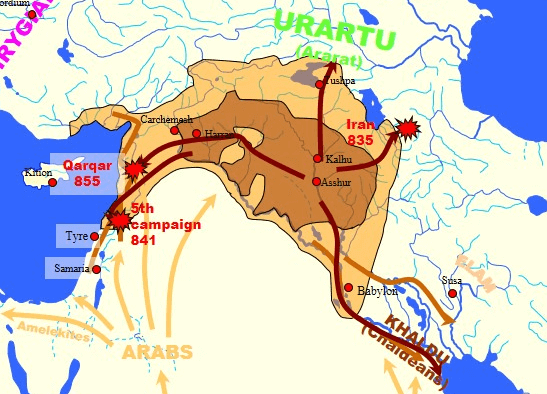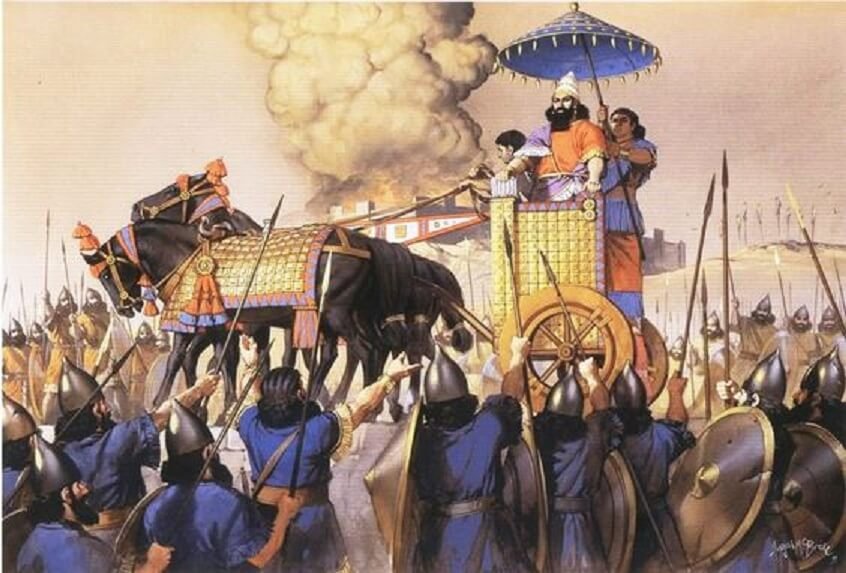While the Mouseion of Alexandria was a significant intellectual center, it was not a museum in the modern sense. The distinction of being the first museum as we understand it today is often given to Ennigaldi-Nanna's museum, established around 530 BC in ancient Mesopotamia, in what is now Iraq. This museum was curated by Princess Ennigaldi, the daughter of the last king of the Neo-Babylonian Empire, Nabonidus.
Ennigaldi-Nanna's museum housed a collection of antiquities, each meticulously labeled with inscriptions in multiple languages. This practice of labeling artifacts for educational purposes is remarkably similar to modern museum practices. The collection included objects from different periods and regions, showcasing the rich cultural heritage of Mesopotamia. The museum served as an educational tool, likely used to instruct students about their civilization's history and achievements.
The significance of Ennigaldi-Nanna's museum extends beyond its collection of artifacts. It represents an early attempt to systematically preserve and interpret historical objects for educational purposes. This emphasis on education and preservation would become a defining characteristic of future museums. Ennigaldi-Nanna's museum stands as a testament to the enduring human desire to understand and learn from the past, highlighting the deep roots of the museum concept in ancient civilizations.
The Renaissance and the Revival of Museums
The Middle Ages saw the decline of public institutions dedicated to learning, with knowledge primarily preserved in monasteries and universities. However, the Renaissance, beginning in the 14th century, sparked a revival of interest in classical antiquity and the natural world. Wealthy collectors began amassing "cabinets of curiosities," private collections of rare and interesting objects, which can be seen as precursors to modern museums.
These cabinets of curiosities were often displayed in elaborate pieces of furniture and showcased a wide array of items, including natural specimens, artifacts, and artworks. They reflected the Renaissance ideals of exploration, discovery, and the pursuit of knowledge. The collections were typically private, accessible only to the elite, but they laid the groundwork for the concept of public museums by highlighting the value of preserving and studying diverse objects.
The Renaissance also saw the establishment of the first public art collections, which were precursors to modern museums. For example, the Medici family in Florence opened their collection of art and antiquities to the public in the late 16th century. This practice of making private collections accessible to the public marked a significant shift in the concept of museums, emphasizing the importance of sharing knowledge and cultural heritage with a broader audience.
The Enlightenment and the Birth of the Modern Museum
The 18th century, known as the Age of Enlightenment, was a period of intellectual and cultural growth. This era emphasized reason, science, and the dissemination of knowledge. It was during this time that the concept of the public museum, accessible to all, began to take shape. The Enlightenment ideals of education and public access to knowledge played a crucial role in the establishment of modern museums.
One of the earliest and most influential modern museums was the British Museum in London, founded in 1753 and opened to the public in 1759. Established by an Act of Parliament and funded by a public lottery, the British Museum set a precedent for other public museums. Its mission was to make its collections available for public viewing, education, and research, embodying the Enlightenment ideals of knowledge and accessibility.
The British Museum's model was soon followed by other institutions across Europe. The Louvre in Paris, initially a royal palace, was transformed into a public museum during the French Revolution and opened to the public in 1793. The Uffizi Gallery in Florence, originally designed as offices for Florentine magistrates, was opened to the public in 1765. These museums not only preserved and displayed art and artifacts but also became centers of learning and cultural exchange, reflecting the Enlightenment commitment to public education.
Adoption of the Term 'Museum' in Western Countries
The adoption of the term 'museum' in Western countries is closely linked to the Renaissance and Enlightenment periods. As scholars and collectors looked to classical antiquity for inspiration, the term 'museum' was revived to denote institutions dedicated to the preservation and study of art, history, and science. This revival reflected a broader cultural and intellectual movement that sought to reconnect with the knowledge and values of ancient civilizations.
In the 16th and 17th centuries, the term 'museum' began to appear in European languages, often associated with collections of art and antiquities. The establishment of public museums in the 18th century solidified the term's usage. These institutions embraced the Enlightenment ideals of education, public access, and the systematic study of objects, transforming the concept of a museum into a public, educational institution.
By the 19th century, the term 'museum' was firmly established in Western languages and cultures. It came to represent a wide range of institutions dedicated to the collection, preservation, and interpretation of objects of cultural, historical, and scientific significance. The evolution of the museum from private collections and cabinets of curiosities to public institutions reflects broader social and intellectual trends, highlighting the growing importance of education and public access to knowledge.
Characteristics of Hellenistic Science and Its Global Influence
The Hellenistic era, following the conquests of Alexander the Great, was a time of significant scientific and intellectual advancements. This period was characterized by a systematic approach to observation and documentation, interdisciplinary study, and a high degree of cultural exchange. These characteristics contributed to the development of various scientific disciplines and had a lasting impact on subsequent generations of scholars.
Hellenistic scientists emphasized systematic observation and documentation, laying the foundations for modern scientific methods. Mathematicians such as Euclid and Archimedes made groundbreaking contributions to geometry, physics, and engineering. Euclid's "Elements" became a fundamental text in mathematics, while Archimedes' work on levers, buoyancy, and hydrostatics revolutionized the understanding of physical principles.
Astronomy also flourished during the Hellenistic era. Aristarchus of Samos proposed a heliocentric model of the solar system, although it was not widely accepted until much later. Hipparchus developed a comprehensive star catalog and advanced the understanding of planetary movements. These astronomical studies were facilitated by the extensive collections of texts and observational data in institutions like the Mouseion of Alexandria.
The field of medicine saw significant advancements as well. Physicians like Herophilus and Erasistratus conducted pioneering work in human anatomy, using dissection to study the nervous and circulatory systems. Their findings laid the groundwork for future medical research and practices. The Hellenistic era's emphasis on empirical observation and systematic study influenced the development of various scientific disciplines, contributing to the broader intellectual heritage of Western civilization.
Conclusion
The journey of museums from ancient'mouseia' to modern institutions reflects humanity's enduring quest for knowledge and the preservation of cultural heritage. The adoption of the term 'museum' by Western countries is a testament to the influence of classical antiquity and the intellectual movements of the Renaissance and Enlightenment. Today, museums continue to serve as vital centers of education, preservation, and cultural exchange, building on the legacy of their ancient predecessors.
Modern museums are not just repositories of objects; they are dynamic spaces for learning, contemplation, and inspiration. They connect us to our past, provide insights into the present, and guide us toward a more informed future. The evolution of museums highlights the importance of public access to knowledge and the enduring value of cultural and intellectual heritage.
As we look to the future, museums will undoubtedly continue to evolve, adapting to new technologies and changing societal needs. They will remain crucial institutions for preserving our shared history, fostering understanding, and inspiring creativity and innovation. The story of museums is a testament to humanity's unending curiosity and our commitment to the pursuit of knowledge and cultural preservation.



























































































